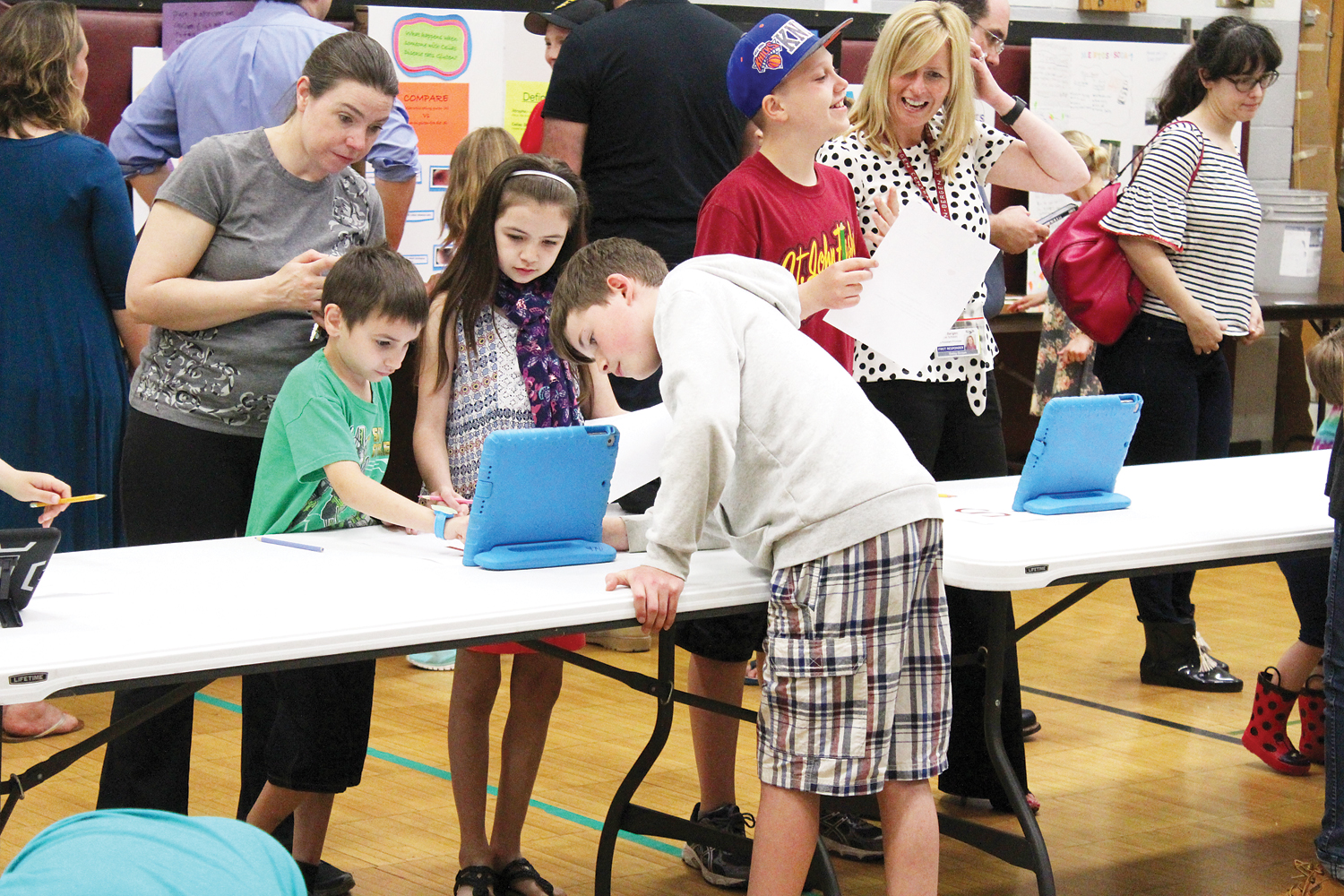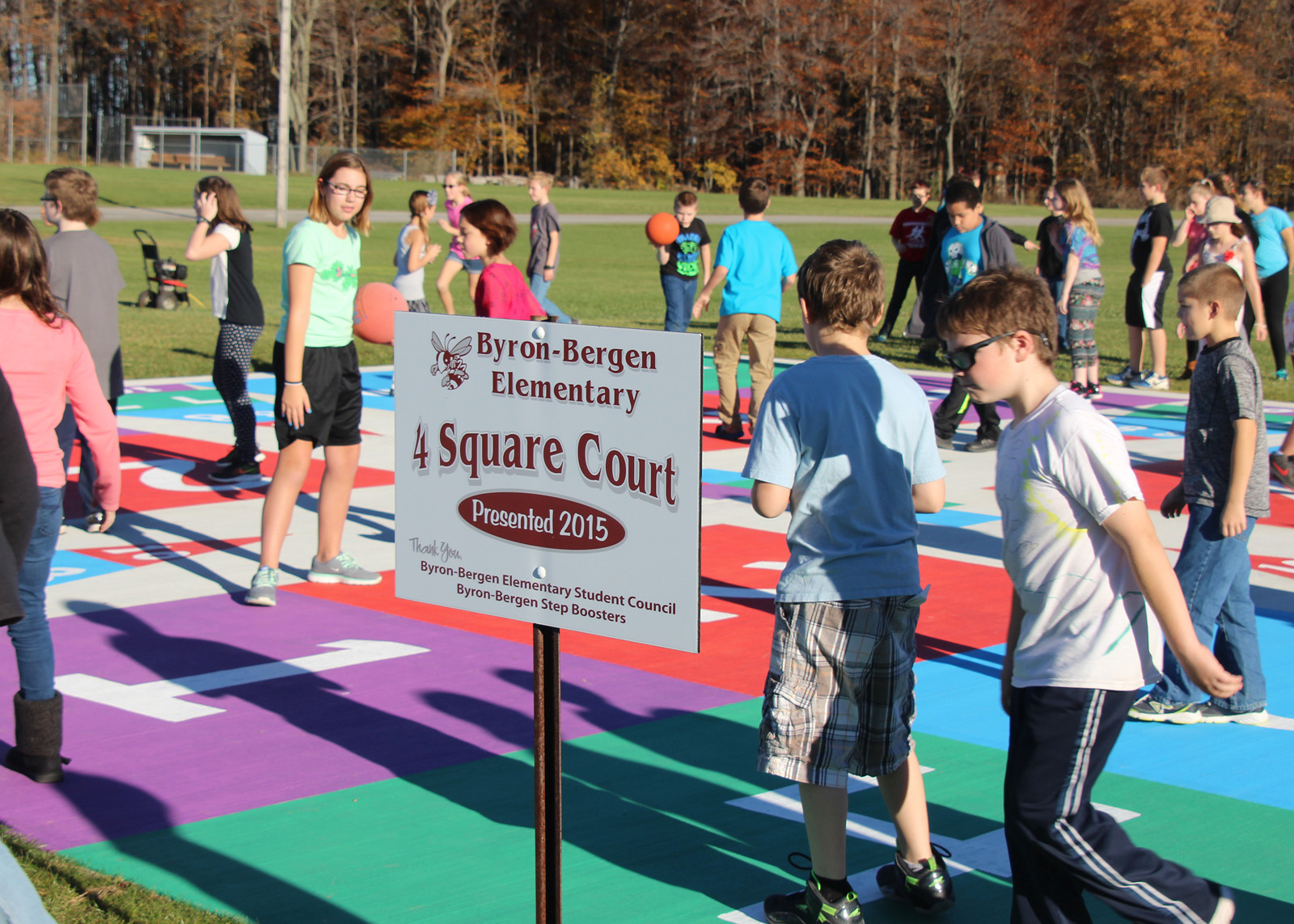Woodland animals find welcoming habitat in the halls of C-C elementary
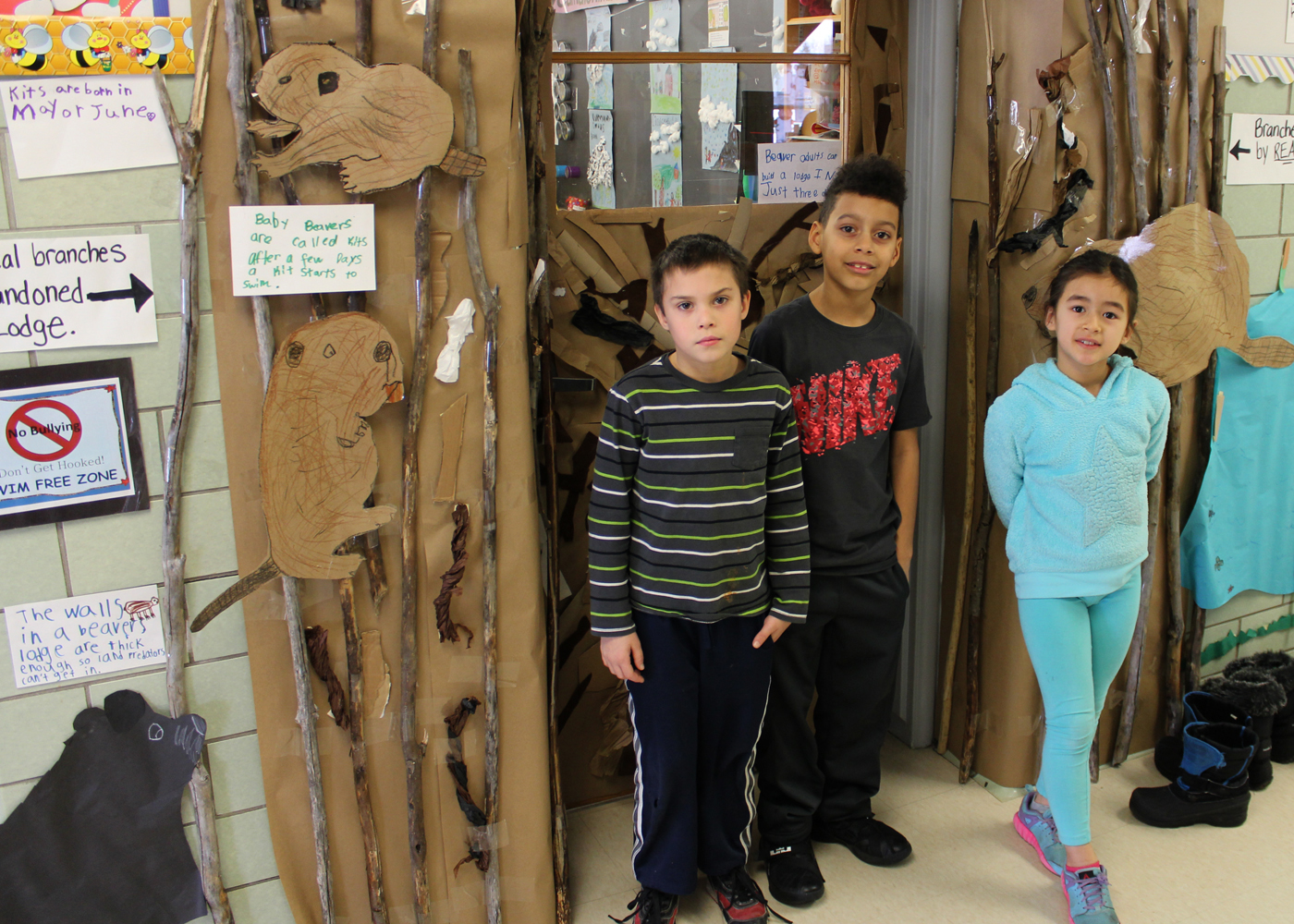
Studying animal adaptations and life cycles has never been as challenging, or as fun, as it has been recently for second-graders at Fairbanks Road Elementary School in Churchville-Chili. For several weeks in February, the students asked questions, researched, welcomed visiting experts, created habitat in the hallways and presented their findings and conclusions on several regional animal species:
•Teacher Brooke Donnelly’s class took a close look at black bears.
•Students in Bethany Alesio’s class found foxes fascinating.
•Rose Heppner’s students explored the difference between caribou and reindeer.
•Beavers were the subject of interest in Jamie Snook’s classroom.
“We began our session by discussing what we thought we knew about foxes,” said Alesio. “Then we created questions to help guide our research. How big are they? Are foxes nocturnal? What do they eat? We read articles and books on fox habitats, life cycle and behavior. Students took what they learned and collaborated to create a life-like red fox environment in our hall.”
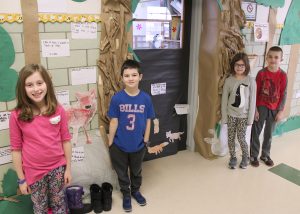
“Kids worked in small groups, learning how to use online resources, like National Geographic for Kids,” said Heppner. “They discovered how Venn diagrams can be used to show logical relationships and produced slide presentations and custom books on their results.”
“In the process of exploring beavers, we took a virtual fieldtrip to Yellowstone National Park and spoke with a park ranger,” said Snook. “The kids also created a beaver habitat model in the hallway, including a beaver dam and a lodge containing real sticks cut down by beavers.”
“My students learned about different types of trees that are important to bear habitat, saw the connection between bears and beavers, and created a life-sized black bear in the hall. One of our parents, Mr. Podszebka, an avid outdoorsman, visited to help us gain an understanding of bears in their environment and the adaptations that help them communicate and survive,” said Donnelly.
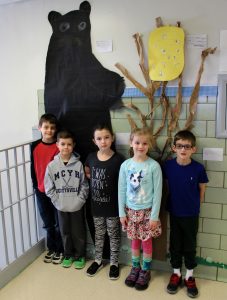
On February 15, Donnelly’s class also welcomed Betsy Ukeritis, an inter-regional environmental educator from the Department of Conservation (DEC). Ukeritis was peppered with enthusiastic questions about different kinds of bears and on how people can coexist safely with them.
The immersive educational experience is all part of the Churchville-Chili Central School District’s Project Based Learning (PBL) philosophy. Project Based Learning is a teaching method in which students gain knowledge and skills by working for an extended period of time to investigate and respond to an authentic, engaging and complex question, problem or challenge. It combines a wide variety of educational disciplines, from math and science to reading, writing and art. Children learn the required curricula, along with many interpersonal skills that will benefit them throughout life.
Provided information



